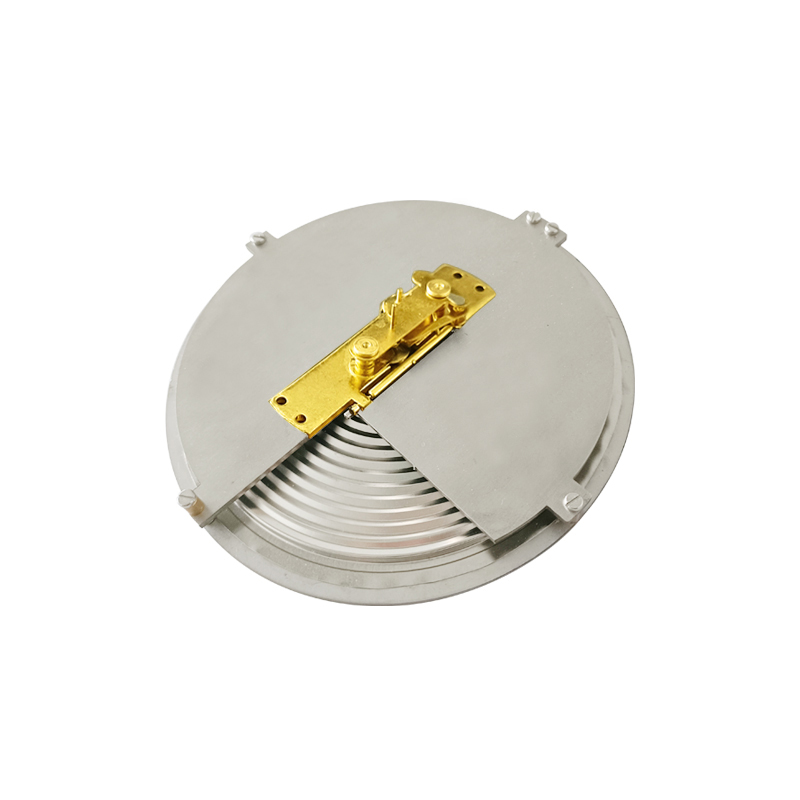
Дек . 01, 2024 09:29 Back to list
odm explain diaphragm pressure gauge
Understanding Diaphragm Pressure Gauges A Comprehensive Overview
Pressure measurement is a critical aspect of engineering and industrial processes, ensuring safety and optimal operation across various applications. Among the various types of pressure gauges available, diaphragm pressure gauges are widely utilized for their accuracy, reliability, and robustness. This article delves into the fundamental principles of diaphragm pressure gauges, their construction, operation, applications, and advantages.
What is a Diaphragm Pressure Gauge?
A diaphragm pressure gauge is a device that measures pressure by utilizing a flexible diaphragm. The diaphragm, typically made from materials such as stainless steel, elastomers, or other alloys, reacts to changes in pressure within the measured medium. The deformation of the diaphragm is converted into a readable output that indicates the pressure level.
Construction and Working Principle
The core component of a diaphragm pressure gauge is the diaphragm itself, which is usually sandwiched between a housing and a pressure port. The diaphragm is designed to deform when subjected to pressure, either from fluids or gases. This deformation causes a measurable displacement that is then translated into a pressure reading.
When pressure is applied to one side of the diaphragm, it flexes. This displacement is connected to a mechanical linkage, often a gear mechanism or a spring, which amplifies the movement. The resultant mechanical movement is then transmitted to a pointer on a calibrated scale, providing an analog representation of the pressure being measured.
In digital versions, the mechanical movement can be converted into an electrical signal, offering precise readings on a digital display. This versatility allows diaphragm pressure gauges to cater to a range of applications requiring high accuracy.
Applications of Diaphragm Pressure Gauges
Diaphragm pressure gauges find use in various industries, including
1. Process Industries They are essential in chemical processing, petrochemicals, and food and beverage industries where precise pressure measurements are necessary for safety and quality control.
odm explain diaphragm pressure gauge

3. Pharmaceuticals In the pharmaceutical industry, maintaining appropriate pressure levels is crucial for ensuring product safety and efficacy, which is why diaphragm gauges are frequently used.
4. HVAC Systems Diaphragm pressure gauges are commonly employed in heating, ventilation, and air conditioning systems to monitor pressure levels and optimize performance.
5. Water and Wastewater Treatment These gauges are instrumental in managing pressure in various water treatment processes, ensuring smooth operation and compliance with regulatory standards.
Advantages of Diaphragm Pressure Gauges
Diaphragm pressure gauges offer several advantages that make them preferred choice across various applications
1. High Sensitivity The flexible diaphragm provides a high level of sensitivity to pressure changes, allowing for precise measurements of both low and high pressures.
2. Durability They are robust and can withstand harsh conditions, including corrosive environments, making them suitable for use in various industrial settings.
3. Minimal Maintenance The sealed design of diaphragm gauges helps to prevent contamination and reduces the need for frequent maintenance, increasing operational efficiency.
4. Versatility With the ability to measure a wide range of pressures and adapt to various mediums, diaphragm gauges are versatile tools in many industries.
5. Safety By accurately monitoring pressure levels, diaphragm pressure gauges enhance safety, preventing equipment failures and hazards associated with over-pressurization.
Conclusion
In summary, diaphragm pressure gauges play an essential role in the accurate measurement and monitoring of pressure in a wide array of industrial applications. Their unique design and functionality allow them to operate effectively in challenging environments, providing precise and reliable measurements. As industries continue to innovate and evolve, the demand for dependable pressure measurement solutions like diaphragm pressure gauges will undoubtedly remain a vital component in ensuring efficient and safe operations.
-
High-Precision 5 Valve Manifold Differential Pressure Gauge Suppliers
NewsApr.29,2025
-
High-Precision Diaphragm Vacuum Pressure Gauges Manufacturers & Quotes
NewsApr.29,2025
-
Omega Differential Pressure Gauges High Accuracy & Durability
NewsApr.28,2025
-
Low Pressure Differential Pressure Gauges Precision Solutions & Quotes
NewsApr.28,2025
-
Digital Diaphragm Pressure Gaauge Precision Measurement & OEM Quotes
NewsApr.28,2025
-
Differential Pressure Gauge China Price High-Accuracy & Best Quotes
NewsApr.28,2025
